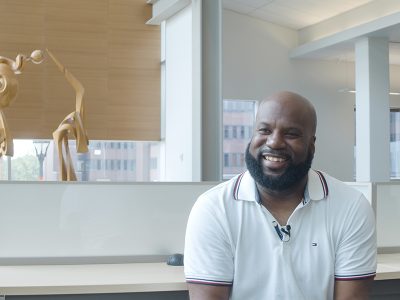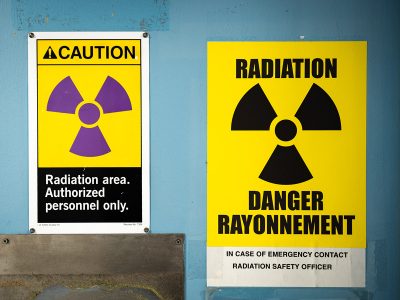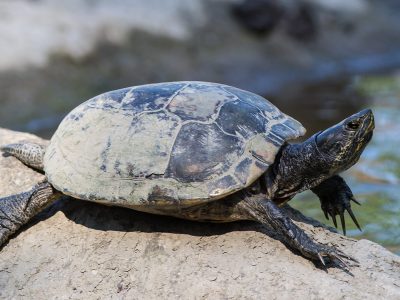By Dan Rubinstein
Photos by Brenna Mackay
How and when did life on Earth begin? Are we alone in the universe? How can we create a more sustainable society?
To tackle these big questions, Carleton University geoscience researcher Hanika Rizo and her team are investigating the microbial processes of some very small organisms. And because she can’t travel back in time, nor to distant planets, she’s come up with an innovative, multidisciplinary method for diving into these queries.
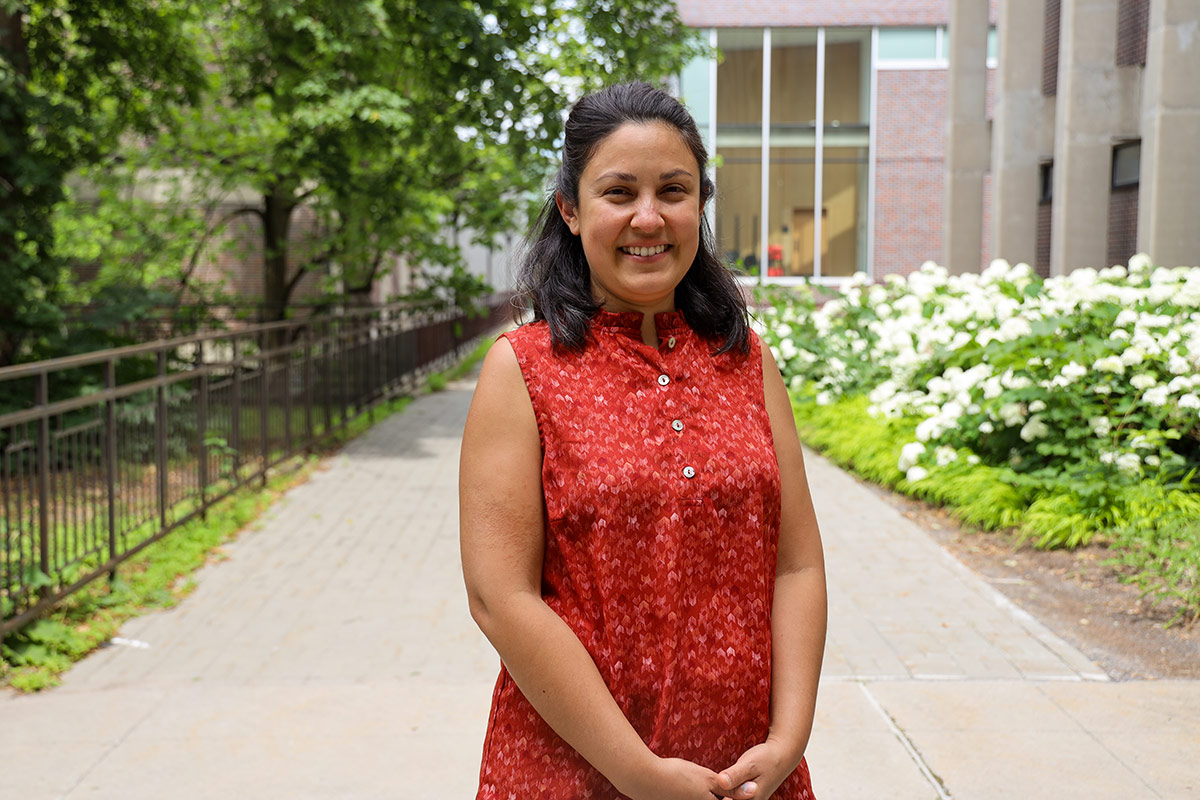
Carleton University geoscience researcher Hanika Rizo
“Earth has been really good at erasing its early biological and geological history,” says Rizo, a professor in Carleton’s Department of Earth Sciences.
“There are no fossils or rocks preserved from shortly after the planet formed, so we have to look for the first traces of life in a creative way.”
Supported by the federal government’s New Frontiers in Research Fund, which backs high-risk, high-reward projects, Rizo and her collaborators will attempt to approximate in a lab something that may have happened in undersea volcanoes more than four billion years ago.
After swirling dust and gasses coalesced into the third planet from the sun, and after our world of molten rock cooled into a crust and liquid water stabilized, it’s theorized that Earth’s first microorganisms emerged in hydrothermal vents. But there’s no geological record of their existence, because rocks from the planet’s first few hundred million years either melted or were broken down by natural forces.
Rizo believes that the dense metal tungsten, readily available in hydrothermal vents, could have played a key role in the development and growth of hyperthermophilic archaea — primitive single-cell organisms that thrive in extremely hot environments.
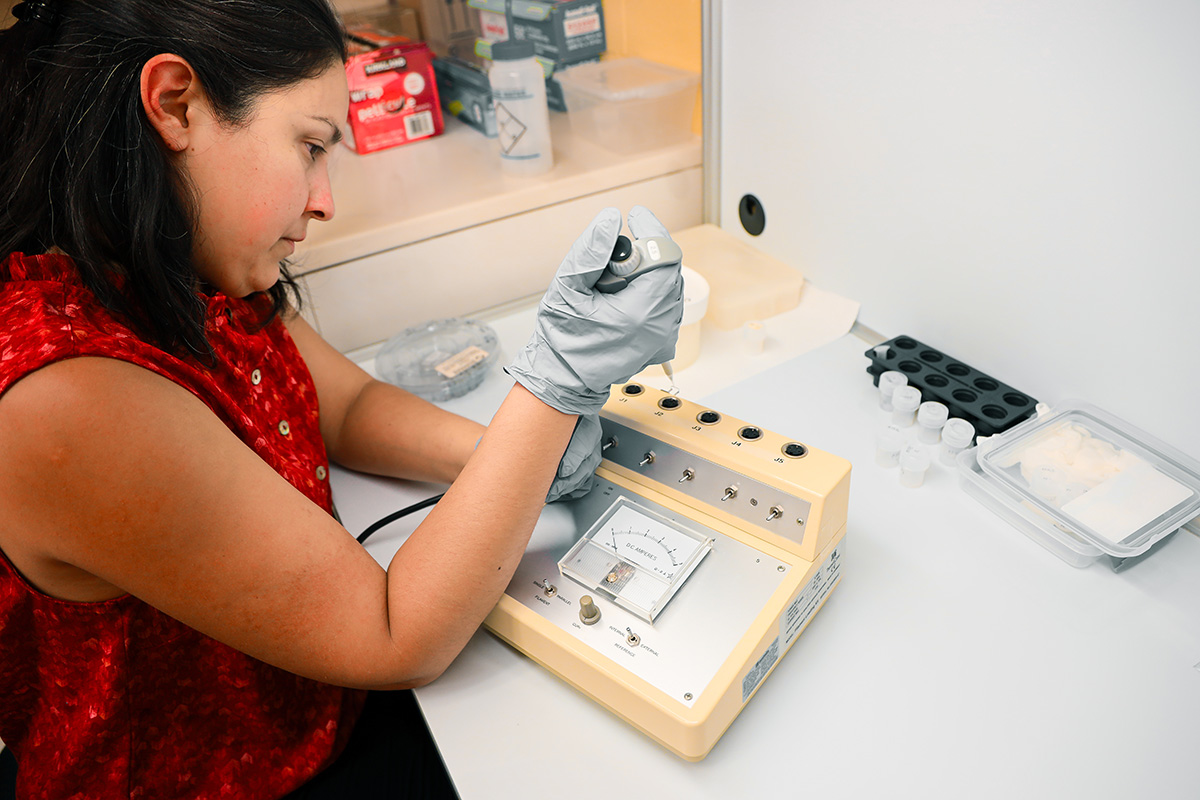
From Volcanoes in Italy to the Carleton Campus
To test this hypothesis, Rizo’s team is acquiring strains of microorganisms — including some harvested from a volcano in Italy, among other sources — and “feeding” them a solution that includes tungsten in chemistry researcher Daniel Grégoire’s lab on the Carleton campus.
Rizo will use mass spectrometry — a tool that can determine the relative abundance of different isotopes within elements — to analyze the uptake of tungsten by these “bugs” and determine whether there have been isotope changes in the metal.
Elements can exist in more than one isotope, meaning they have the same number of protons but different numbers of neutrons in their nuclei. Rizo’s team hopes to see a change of the tungsten isotope ratio in the microorganisms. This fractionation, resulting from biological processes, will be used as a trace of life or “biosignature.”
The researchers will then cross-check these tungsten biosignatures against the analysis of ancient sedimentary rocks that Rizo collected during earlier field work in northern Labrador and northern Quebec. If similar isotope “fingerprints” are discovered, the finding will advance the hotly contested debate around when, where and how life on Earth began and what types of extraterrestrial environments could also support life.
“This could allow us better understand our place on the planet and help us look for traces of life on Mars or the icy moons of Jupiter,” says Rizo.
“If we can find microbial evidence of life in some of the oldest rocks on our planet, this can guide us on what to look for elsewhere.”
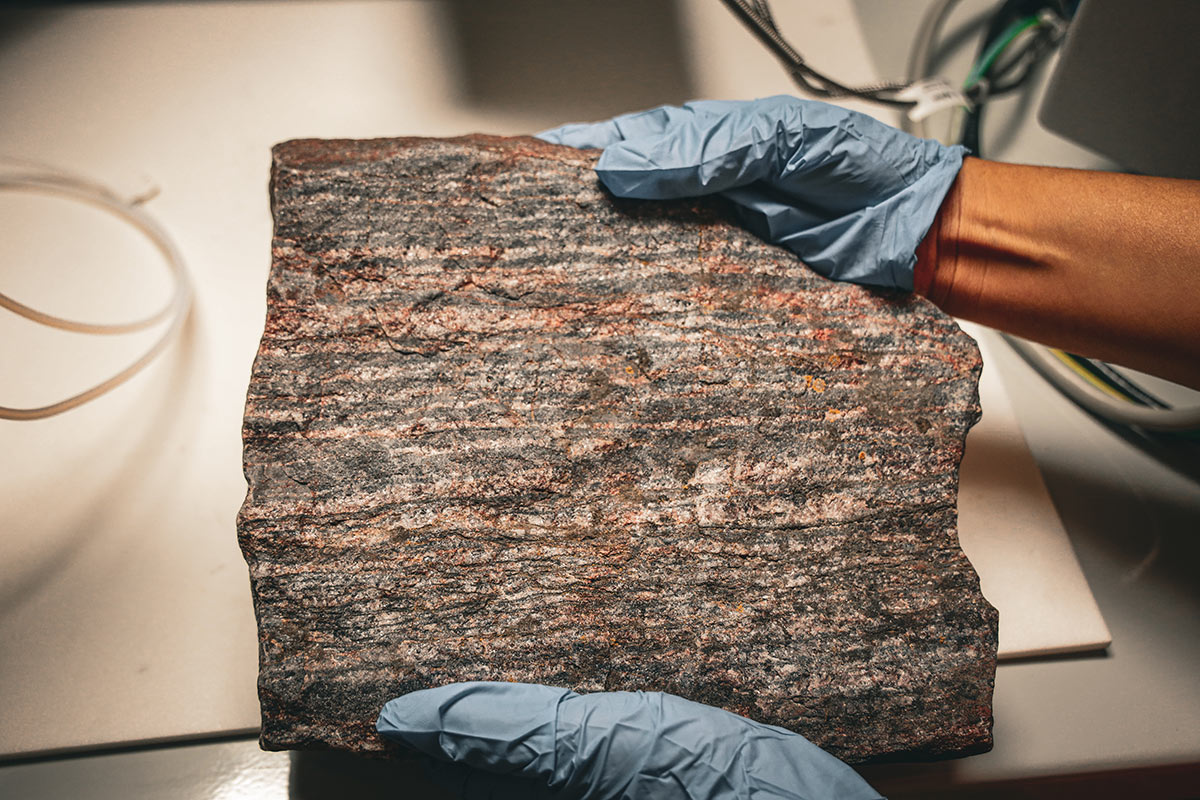
A More Environmentally Friendly Approach to Mining
There’s a more earthly application to this work as well. Gaining more knowledge about how microorganism integrate metals into their biology could lead to more efficient approaches for extracting critical minerals from mine tailings.
Given its hardness and high heat capacity, tungsten is an important component in steel, electronic devices and other industrial products. Tailings leftover from ore processing can contain significant amounts of the metal, but isolating it is expensive and pollutive. Bioleaching, or using living organisms to free metals from other materials, is a promising area of study, according to Rizo.
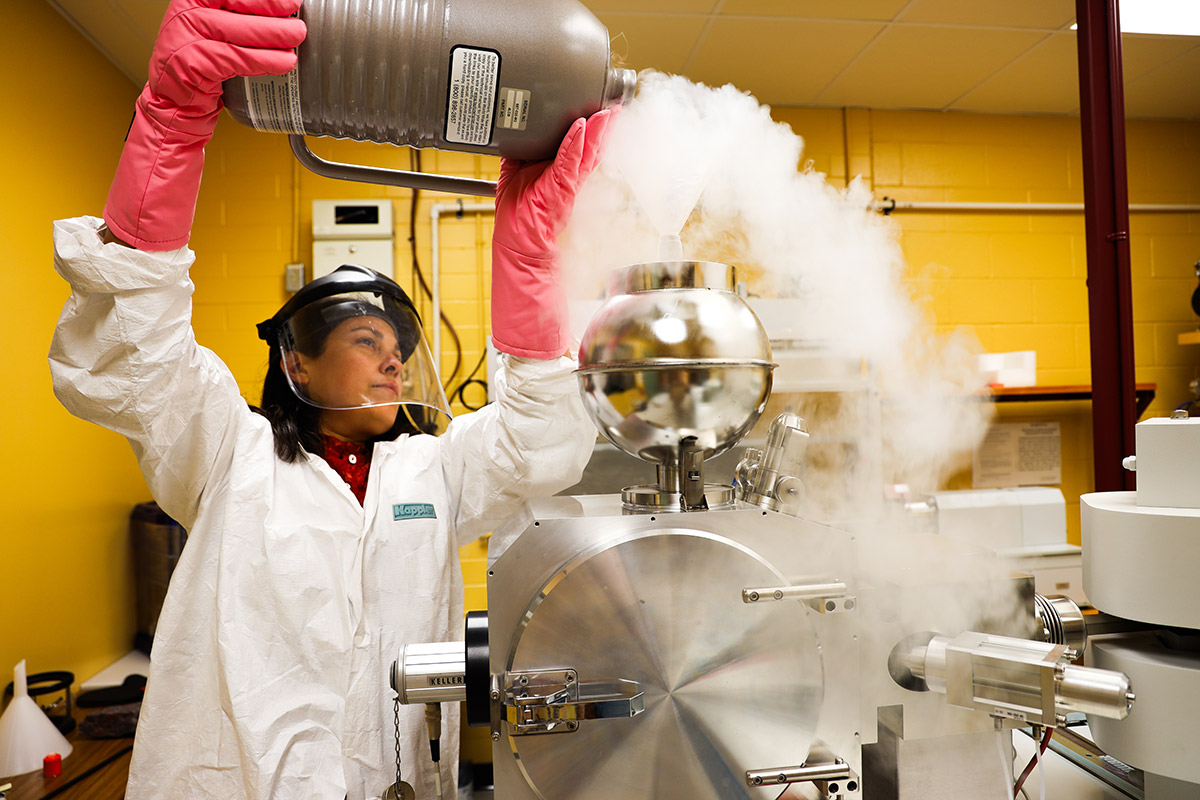
In addition to Grégoire, Carleton biologist Allyson Brady, engineer Alex Ellery, evolutionary biologist Hillary Maddin, geochemist Peter Crockford, a postdoc and a pair of master’s students, Rizo is also partnering on this project with philosopher Christophe Malaterre from the Université du Québec à Montréal.
“Christophe’s involvement is essential for conceptual questions around the origins of life,” she says. “It’s part of my job to integrate different types of inquiry and make sure everybody on the team can understand each other.
“Ever since I was a little girl, collecting rocks and wondering about all the minerals they contain, I’ve been interested in these big questions. Most research funding doesn’t leave much room for creativity, but support from the New Frontiers in Research Fund allows us to try to answer fundamental questions in a unique way.”

Tuesday, July 9, 2024 in Earth Sciences, Faculty of Science, Research
Share: Twitter, Facebook
